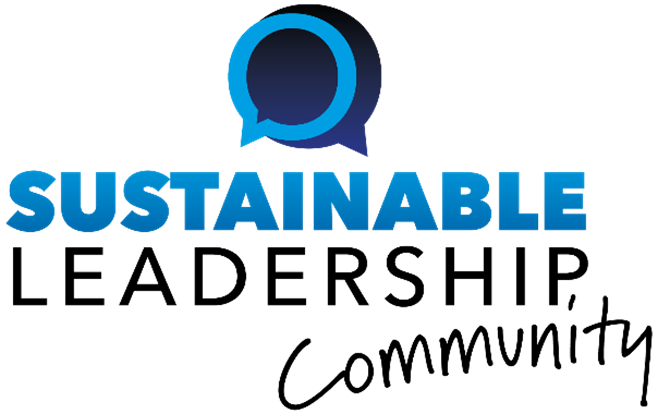Female leaders often experience ‘identity conflict’, the sense that their identities as women and their professional identities diverge or are incompatible. The problem can be explained by gender stereotypes. Characteristics and behaviours typically expected of women differ dramatically from those typically expected of leaders. Gender role stereotypes tend to ascribe communal behaviours and qualities such as […]
Read More… from Identity Crises: Occupational Hazards for Female Leaders?
Group coaching is known to help break down barriers to communication, build trust and solve specific and practical problems in organizations. An interpersonal learning process, it can create the impetus for change. Its effects can be explained by psychology and psychodynamics. Good coaches use the ‘clinical paradigm’ as a conceptual framework for group sessions. They recognise […]
Read More… from Group Coaching: The ‘X-Factor’ Explained
Sunk cost bias has been blamed for everything from disastrous military campaigns to over-budget public works and is widely acknowledged as a serious obstacle to effective decision-making. Defined as the “tendency to continue an endeavour once an investment in money, effort or time has been made”, it leads people to “throw good money after bad” […]
Read More… from Beating Bias through Mindfulness Meditation
The concept of negotiation as a ‘battle of the sexes’ is not new; in fact, in the 1990s, MBA students on a negotiation course were asked who they thought had the advantage in negotiations, and the overwhelming reply was ‘men’. This perception has little changed today. But according to this Idea, women have higher ethical […]
Read More… from Ethical Lapses in Negotiations – A Male Tendency
Colour has been found to affect cognition, moods and feelings, all of which in turn can influence consumer decision-making. According to the US-based Color Marketing Group, it can increase brand recognition by up to 80 per cent. Not surprisingly then, numerous studies have focused on the effects of colour in marketing and advertising, clearly demonstrating […]
Read More… from The Power of Colour in Marketing
Have you heard of the ‘pink elephant in the room?’ If you are a woman in the US, you might be one of up to 70% of women that have experienced this: women bullying women (WBW) at work. Although it is unlikely that most women who bully other women consciously decide do so to destroy […]
Read More… from Stopping Women Bullying Women in the Workplace
Hierarchies are everywhere, and the business world is no exception; the distribution of power and status has become a defining feature of today’s organizations. What role, if any, do such ranks play in communication between members of these organizations? This was the thought underlying a recent study led by Kenan-Flagler Business School’s Alison Fragale. Alongside […]
Read More… from Peer-to-Peer Deference in Email Communication
The ‘nature v. nurture’ debate has been around for centuries, argued over by psychologists, sociologists and the like; the business world has not escaped from it either. Whether leaders are born or made has formed the crux of numerous studies, most swaying one way or the other. However, NUS Business School’s Dr. Richard Arvey puts […]
Read More… from Leadership: Is it in the Genes?
A growing number of studies in both the field and the laboratory demonstrate that people are imperfect co-operators — they tend to co-operate only if others do so, and a significant minority don’t co-operate at all. This pattern of behaviour causes unstable co-operation levels and often results in the disappearance of positive collective action over […]
Read More… from Co-operative Behaviour: Neuroscience Insights
In making decisions, people are susceptible to the influence of those in their ‘in-group’, who commonly include others of the same age, sex, ethnicity or religion, as well as friends, family members, colleagues and classmates. This is a long-observed and commonly acknowledged phenomenon, often explained in terms of evolutionary biology. (By conforming to the common […]
Read More… from Social Influences on Decision-Making: Neuroscience Insights




